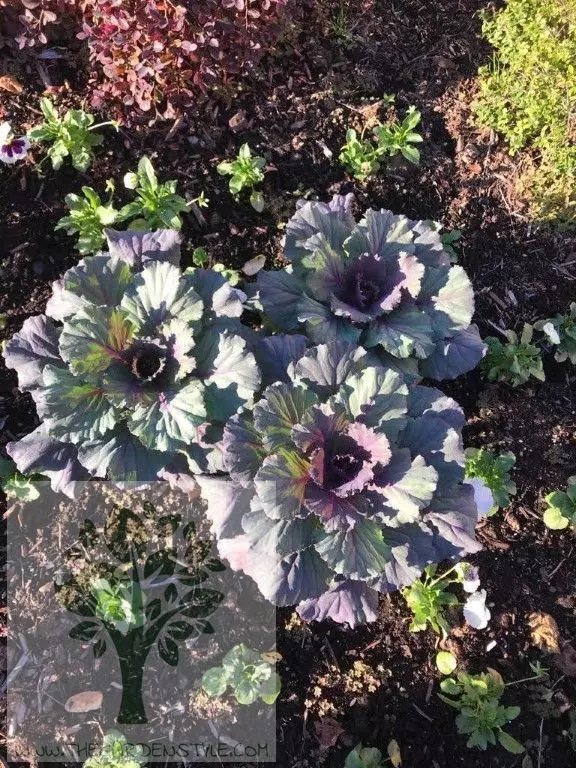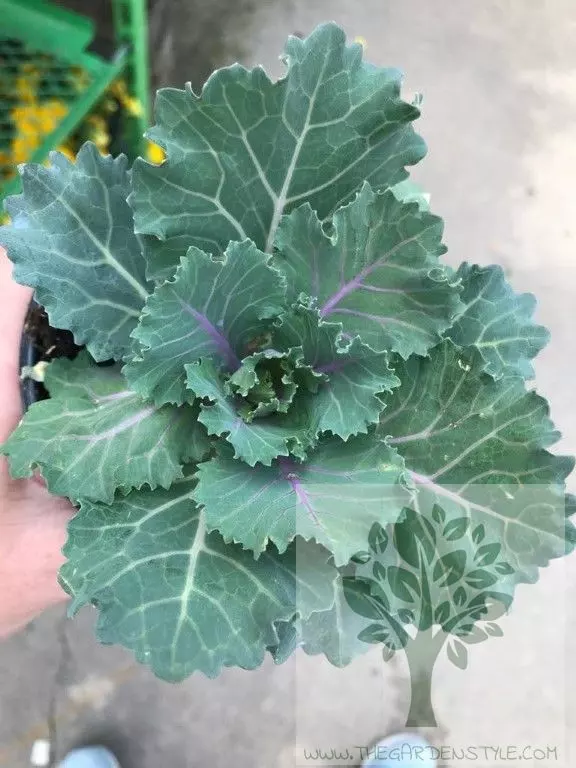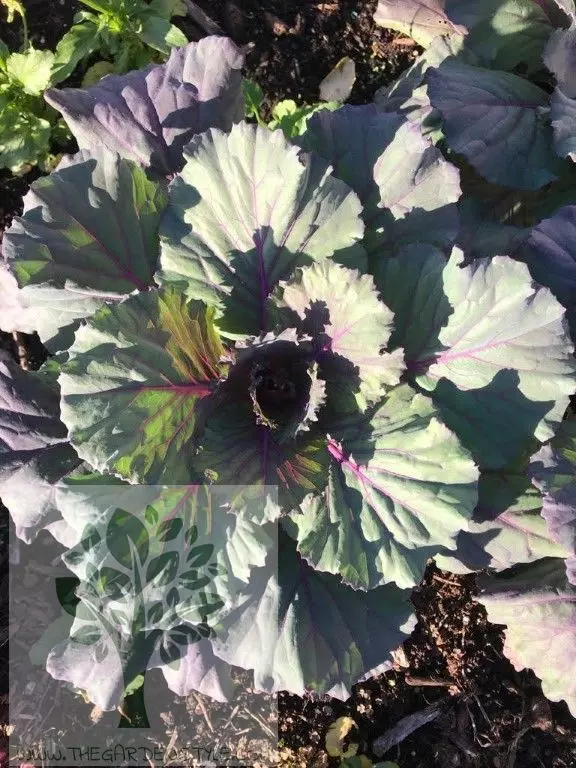Kale is a rich and nutritious vegetable. This vegetable can tolerate a lot of colds. Kale does not require much care and is easy to grow. Learn all about how to grow kale in this article.
Table of Contents
Characteristics of Kale
It is a perfect crop for cold and temperate regions and is resistant to winter frosts and frost.
The kale is about 16” (40 cm) high, characterized by its curly green leaves, which do not form buds or cabbage but grow around the central trunk, being harvested leaf by leaf.
It is an annual plant of the autumn-winter season, of which its leaves are consumed.
There are ornamental varieties of Kale.

When to Plant Kale?
In early spring, kale can come up in your vegetable garden or orchard 3 to 5 weeks from the last frost.
For fall harvest, kale can be planted 6 to 8 weeks before the first frost.
Kale is harvested from autumn until the first frosts of winter. Kale leaves often taste better after a couple of frosts.
Where to Grow Kale?
Full sun is best for Kale, but it can also grow in partial shade.
Soil pH should be 6.5 to 6.8 to avoid disease.
It needs soil rich in nitrogen and organic matter. The soil must have good drainage, otherwise, the plant will not grow properly.
How to Grow Kale Step by Step
Follow these steps correctly and you will know how to grow kale.
1- If you are sowing seeds, sowing 0.4” (1 centimeter) deep in well-drained, light soil. After 2 weeks, prepare the seedlings so that they are 20 and 30 centimeters apart.
2- If you are sowing seedlings (which is more common), sow at the depth at which they grow in the container. Give them enough space, between 8” and 12” (30 and 40 centimeters) between each of them.
3- After sowing, water the plants well.
4- It is important to keep the kale well-watered and fed. If rainfall is insufficient, give it more water every week. Especially in summer, where high temperatures can make our kale suffer.
5- Our choice for watering is drip irrigation. It makes better use of the water and greatly prevents fungus outbreaks.
6- Mulch the soil to keep weeds down and also the soil will be moist and cool, as kale will not thrive in high temperatures and dry soil.
7- Mulch the soil again when fall arrives; the plants can continue to produce leaves throughout the winter.

Kale Varieties
There are many varieties of kale, with different colors and forms. You already know how to grow kale, so now you can choose a variety from this list, here are the most popular ones.
- Red Russian Kale. Flat and long leaves with irregular shapes. The color of its leaves is tending to red with veins marked in shades of red or purple. It has a slightly spicy flavor but still is considered one of the sweetest kales.
- Black Tuscan or Dinosaur Kale. Its long and narrow leaves have a very dark bluish greenish color. These leaves have the peculiarity that when cooked they do not lose their firmness. Its flavor is not as bitter as the other varieties.
- Kale Redbor. Its curly red or dark purple leaves. In addition to being cultivated for cooking, it is also planted for decoration in the garden and its leaves are even cut to make flower arrangements.
- Curly Kale. Its dark green curly-edged leaves have a somewhat spicy and bitter taste. It is recommended to consume the young leaves as their flavor is less bitter.
- Green Kale. Depending on the variety, its leaves are opaque or bright green. This varietal game can also make them round, wide, … smooth, or more or less curly.
When to Harvest Kale?
Kale can be harvested when the leaves are about the size of a hand.
Begin harvesting the oldest kale leaves (those at the bottom of the plant). Yellow or defective leaves should be discarded.
Do not harvest the terminal bud because it can continue to produce kale leaves.
If you want to extend your crop, protect your kale from the cold with row covers. Or, create a makeshift cover with tarps and old blankets held up by hay bales.
The small, tender leaves can be eaten raw and used in salads. Learn more about how and when to harvest black magic kale.

Pests and Diseases
Kale is tough and resists most brassica problems.
Caterpillars can be a problem, but kale is often the second choice for a butterfly looking to lay eggs. However, you have to be vigilant. The same goes for aphids (aphids), etc.
Birds, especially pigeons, can cause some problems, including the consumption of seedlings, shoots, leaves, fruits, and vegetables.
